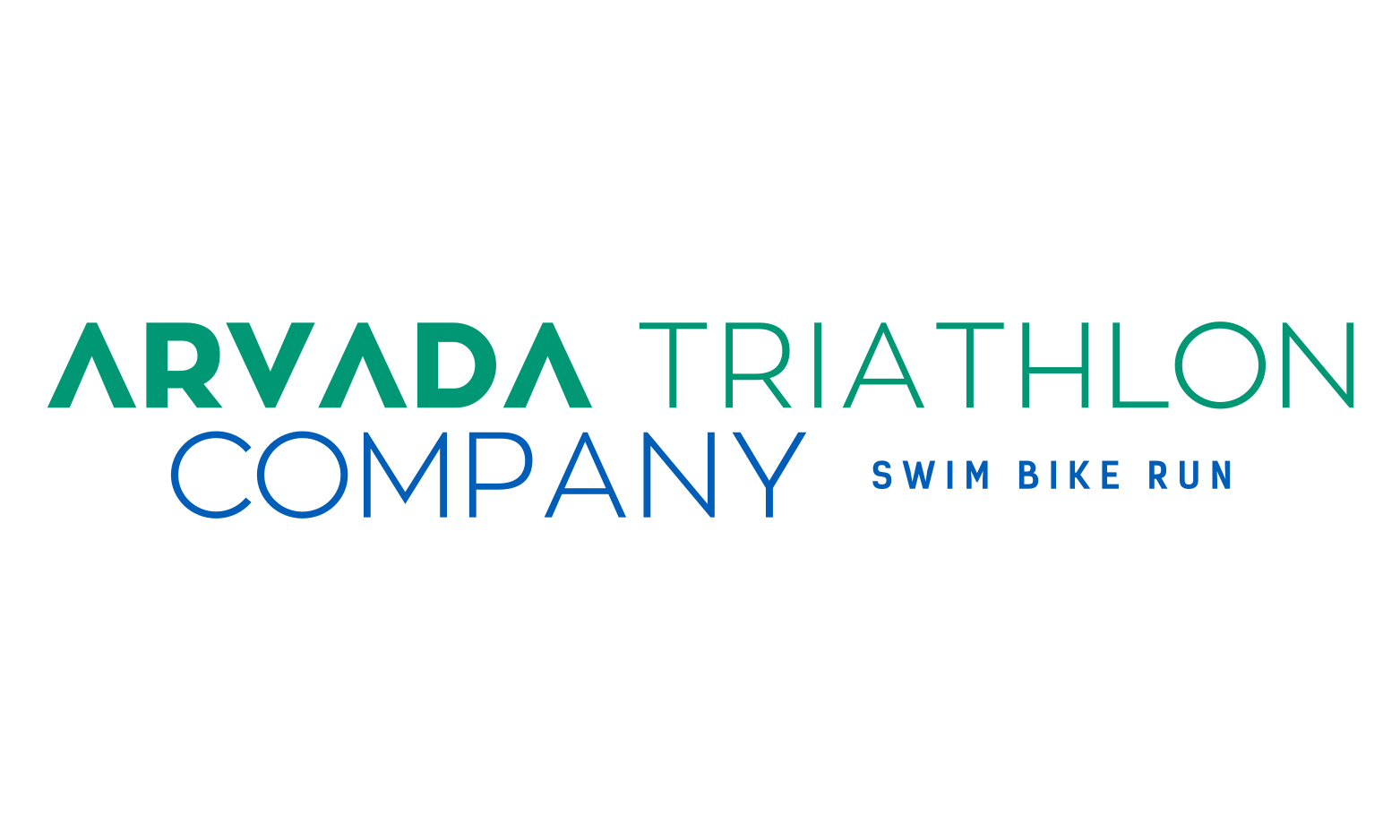As a triathlete, planning your race season can set the tone for your training, performance, and overall experience throughout the year. Whether you're aiming for your first sprint triathlon or targeting a Kona qualification, having a clear and strategic plan is essential. Here's how to map out your race season like a pro:
1. Set Your Goals
Before you register for any races, determine what you want to achieve this season. Are you aiming for a personal best, tackling a new distance, or simply completing your first triathlon? Your goals will influence your race selection and training plan.
2. Research and Choose Races
- Local vs. Destination Races: Decide if you want to stick close to home or travel to new and exciting locations.
- Race Distances: Mix up your schedule with sprints, Olympics, half-Ironmans, or Ironman distances to keep things interesting.
- Timing: Space out your races to allow for proper recovery and peak performance. Avoid cramming multiple long-distance events into a short timeframe.
3. Prioritize Your Key Races
Identify your "A" races—the events that matter most to you. These are the races you'll build your training and tapering around. Sprinkle in "B" and "C" races as preparation or tune-up events, but remember not to overcommit.
4. Plan Your Training Cycles
Once you've chosen your races, outline your training plan. Incorporate base-building, intensity phases, and tapering periods to align with your key races. Consult a coach or use training resources for guidance.
5. Consider Your Budget
Triathlons can be expensive when you factor in entry fees, travel, stay, gear, and nutrition. Set a budget for the season and stick to it. Planning ahead can help you snag early registration discounts and travel deals.
6. Prepare for Varied Conditions
Each race will have unique challenges, from hilly bike courses to ocean swims. Research the course profiles and conditions for each event and tailor your training to mimic these scenarios. For example, if you're doing a hilly Ironman, include long rides with elevation gains in your plan.
7. Build Recovery into Your Schedule
Recovery is just as important as training. Schedule downtime after big races to prevent burnout and injury. Consider active recovery options like yoga, swimming, or light cycling.
8. Connect with Your Community
Training and racing with others can make the experience more enjoyable and motivating. Join local triathlon clubs or groups, attend clinics, and participate in group workouts to build camaraderie and share tips.
9. Celebrate Your Journey
Every race season is a learning experience. Celebrate your accomplishments, big or small, and reflect on what you've learned to improve for next year.
10. Pro tip: Make It Fun
While achieving goals is important, don't forget to enjoy the process. The camaraderie, the travel, and the exhilaration of race day are all part of what makes triathlon so rewarding.
By taking the time to plan your race season thoughtfully, you'll set yourself up for success and an unforgettable year of triathlon adventures.





